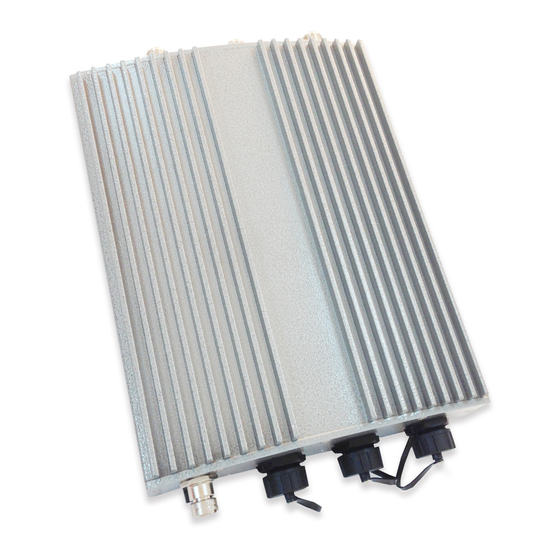
4IPNET EAP210 User Manual
Enterprise access point indoor eap / outdoor owl series
Hide thumbs
Also See for EAP210:
- Quick installation manual (15 pages) ,
- Quick installation manual (22 pages) ,
- User manual (20 pages)
Table of Contents
Advertisement
Advertisement
Table of Contents
















Need help?
Do you have a question about the EAP210 and is the answer not in the manual?
Questions and answers